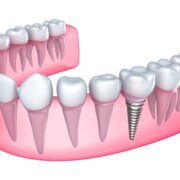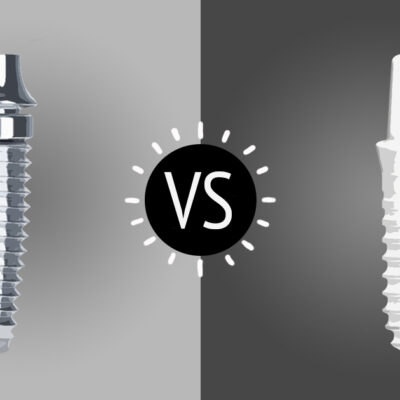Implants are an excellent option for replacing missing teeth, but when the adjacent bone is compromised from trauma or prior extractions, it can hinder their long-term success. Without sufficient bone density and volume, implants will almost always fail over time as the residual bone deteriorates. Fortunately, there are a few ways to help preserve adjacent bone before an implant is placed. Bone grafting procedures can be used to add new bone or stimulate natural healing by filling in fractures or depressions. These methods of adding or encouraging more bone should help improve the likelihood of a successful implant outcome. Read on to learn more about bone loss and graft role in preserving the success of an implant.
What is a bone graft?
A bone graft is a surgical procedure that involves taking a small portion of healthy bone tissue from one side of the body and transplanting it to another site. A bone graft can be used to replace missing bone or enhance a weak area of bone. For example, a person who has an injury or condition that causes the jawbone to deteriorate can benefit from a bone graft.
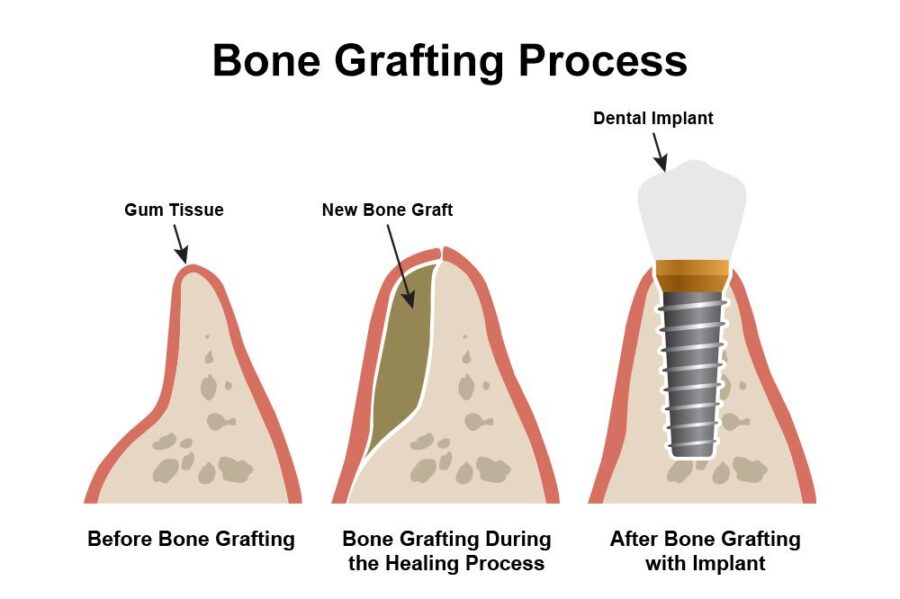
A portion of healthy bone may be removed from the patient’s hip area and transplanted to the jawbone where it can help restore the lost volume and support the jawbone as it heals. Tooth extraction often leads to a gap in the jaw and a lack of sufficient density to support an implant. In these cases, a bone graft can be used to add more volume to the jaw and increase the likelihood of successful implant placement.
What are the benefits of bone graft?
Bone grafting procedures can be used to add new bone where it’s lacking, as well as stimulate natural healing by filling in fractures or depressions. These methods of adding or encouraging more bone should help improve the likelihood of a successful implant outcome.
The grafting procedure, along with the healing and integration time of the graft itself, might take a few extra months compared to other treatment options. However, the added bone volume and density will ultimately help improve the long-term success of an implant.
Timing is everything: when to perform a bone graft
The timing of a bone graft procedure is crucial, as it must be done before an implant is inserted. If bone grafting is done at the same time as implant surgery, it can interfere with the healing process and negatively impact the success of the implant. Ideally, the bone graft process should occur at least 6-12 months before the implant surgery. This will allow enough time for the graft to heal and integrate into the jaw in bone loss. While there are some rare cases where bone grafting should occur immediately after an extraction, it’s not ideal. Waiting several months to allow the site to heal will ensure the best results.
Types of bone grafts & where they’re applied
Autografts – This is the most common method of bone grafting, and it involves removing a small piece of bone tissue from one area of your body, such as the backside of the jaw, and implanting it at the extraction site. An autograft is the best method to use when you want to preserve as much of the original bone as possible.
Autografts have been used to successfully fill in gaps from missing teeth for decades. They are most commonly used in the backside of the jaw, where the bone is typically less dense than the rest of the jaw. Autografts can be used on their own or in combination with other grafting procedures. They can also be used to encourage natural healing when there are fractures or depressions in the jawbone.
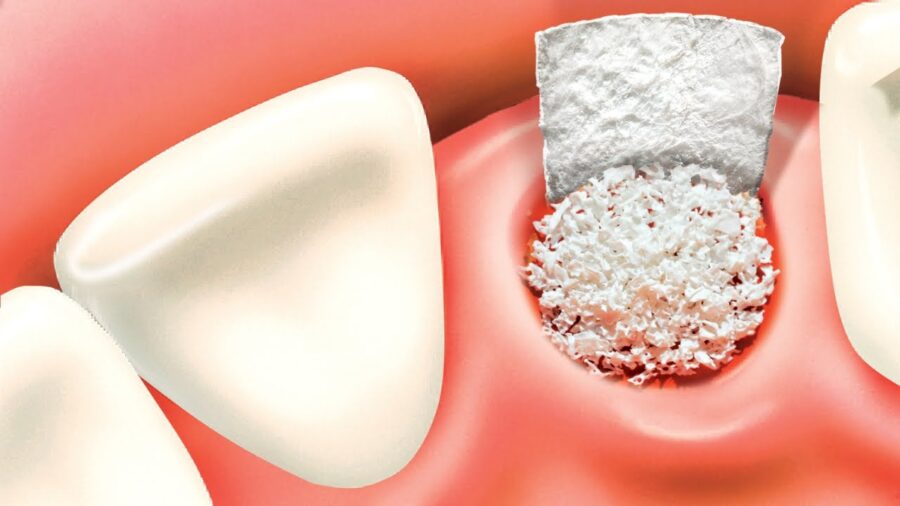
Allografts – An allograft is a type of bone graft that involves taking tissue from a donor and implanting it at the extraction site. An allograft is commonly taken from the pelvis and used to bridge the gap in the jawbone. Allografts can be a good option if you don’t have enough healthy bone tissue to take from your jaw or if you have an infection in the jaw that can’t be cleared up before the surgery.
Allografts are particularly helpful for patients with diabetes and osteopenia, a condition that involves a decreased amount of bone mass. These patients may not have enough healthy bone tissue to use for an autograft. Allografts are viable for a short amount of time, but they need to be replaced with the patient’s own bone tissue as soon as possible. Unfortunately, this doesn’t always happen, and the allograft can remain in the jaw indefinitely.
Advantages of allografts & calcium phosphate
- Allografts are readily available and typically come from cadavers. This makes it an excellent option for patients who need a bone graft ASAP.
- Calcium phosphate materials can be used to stimulate natural healing and help fill in fractures or depressions.
- Allografts and calcium phosphate materials can be used alone or in conjunction with an autograft.
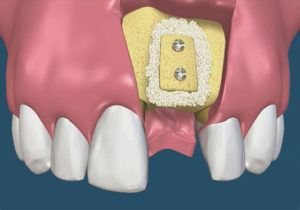
Disadvantages of allografts & calcium phosphate
- Allografts are not a long-term solution. They must be replaced with the patient’s own bone tissue as soon as possible.
- Allografts can lead to the transmission of diseases, such as hepatitis and HIV if they’re not taken from a clean source.
- Calcium phosphate materials can’t be used to stimulate natural healing in areas with fractures or depressions.
- Allografts might not integrate with the existing bone tissue. This can lead to long-term complications.
- Allografts and calcium phosphate materials can be costly compared to other bone grafting options.
Bottom line
While bone grafting is not a substitute for an implant, it can help improve your chances of success with an implant. This is especially true for patients who have a low amount of bone in the jaw. Bone grafting can be done before, during, or after the implant surgery. It’s best to have the grafting procedure done at least 6-12 months in advance, as this will allow ample time for healing and integration of the new bone tissue. When deciding on a bone grafting procedure, make sure you understand the benefits and drawbacks of each option. This way, you can make an informed decision that’s right for you.


